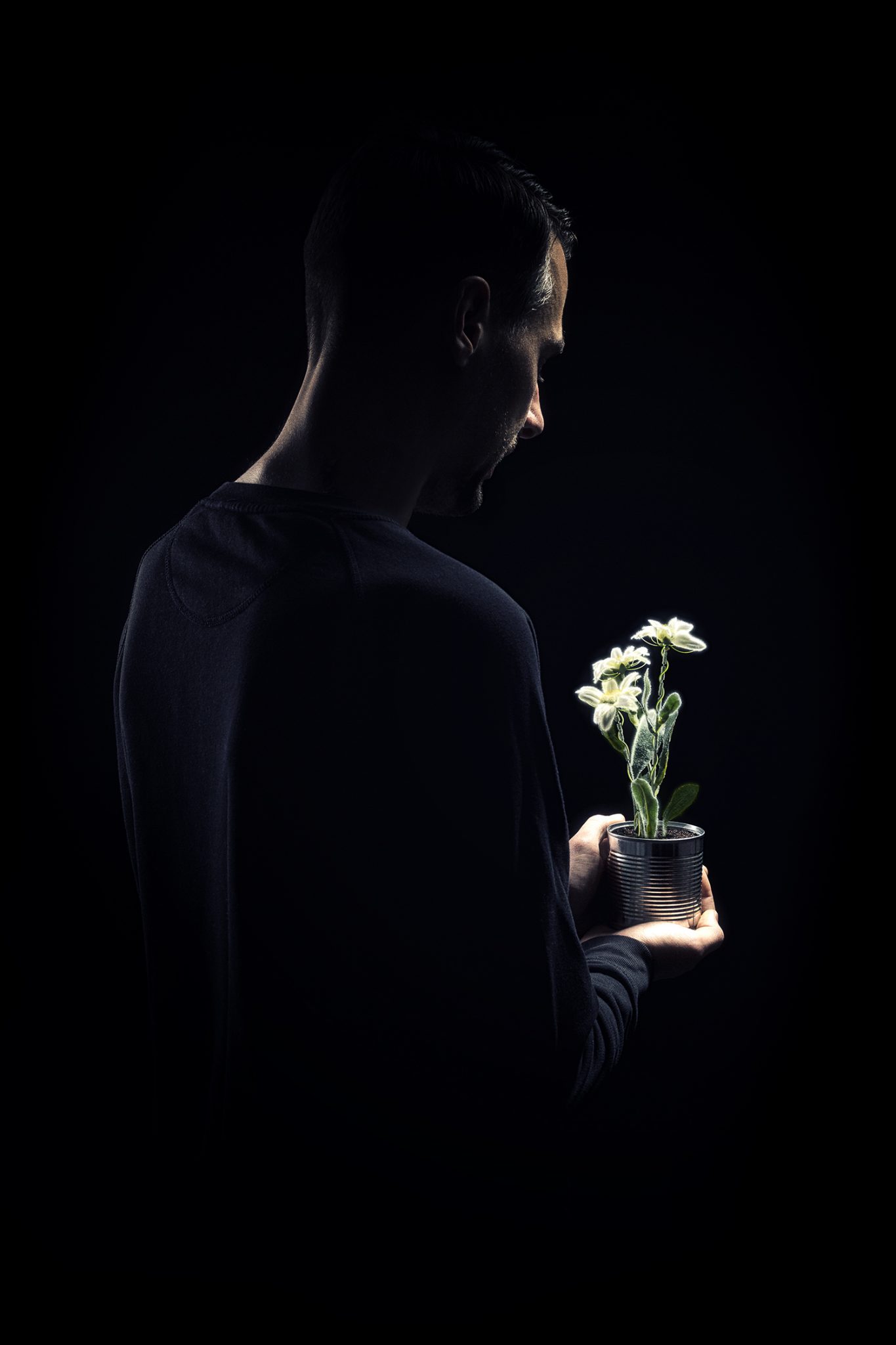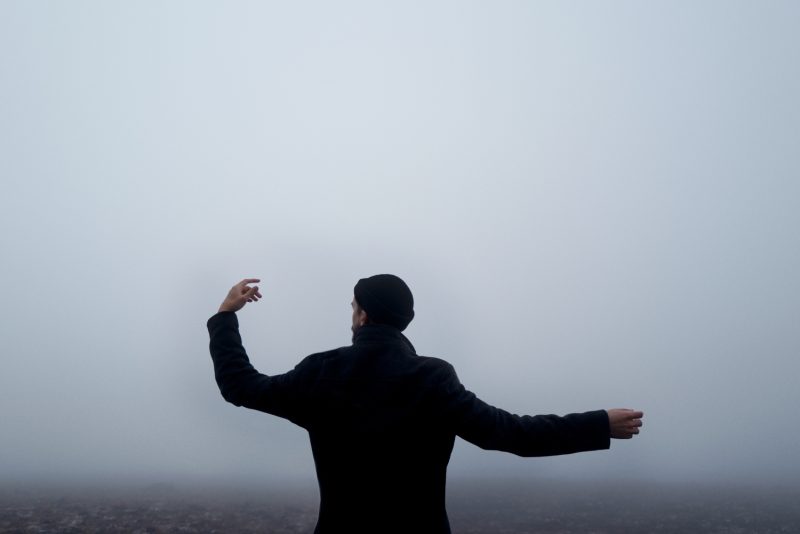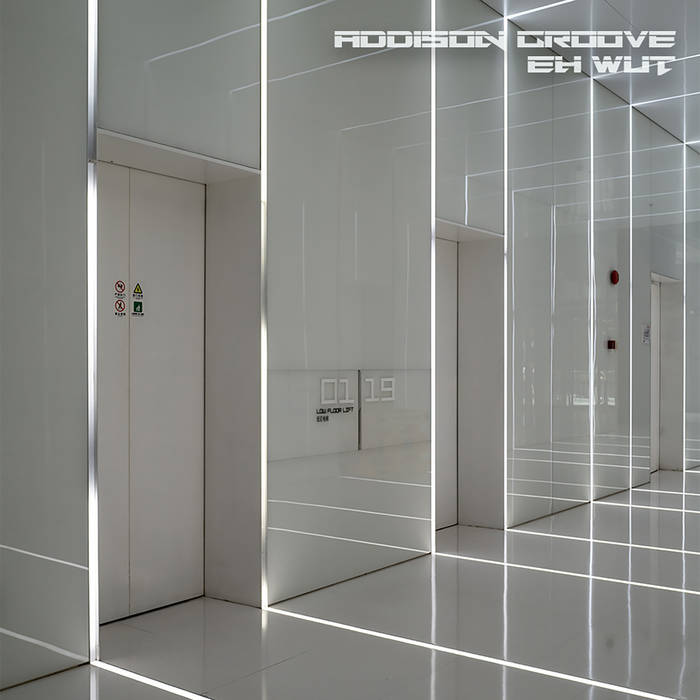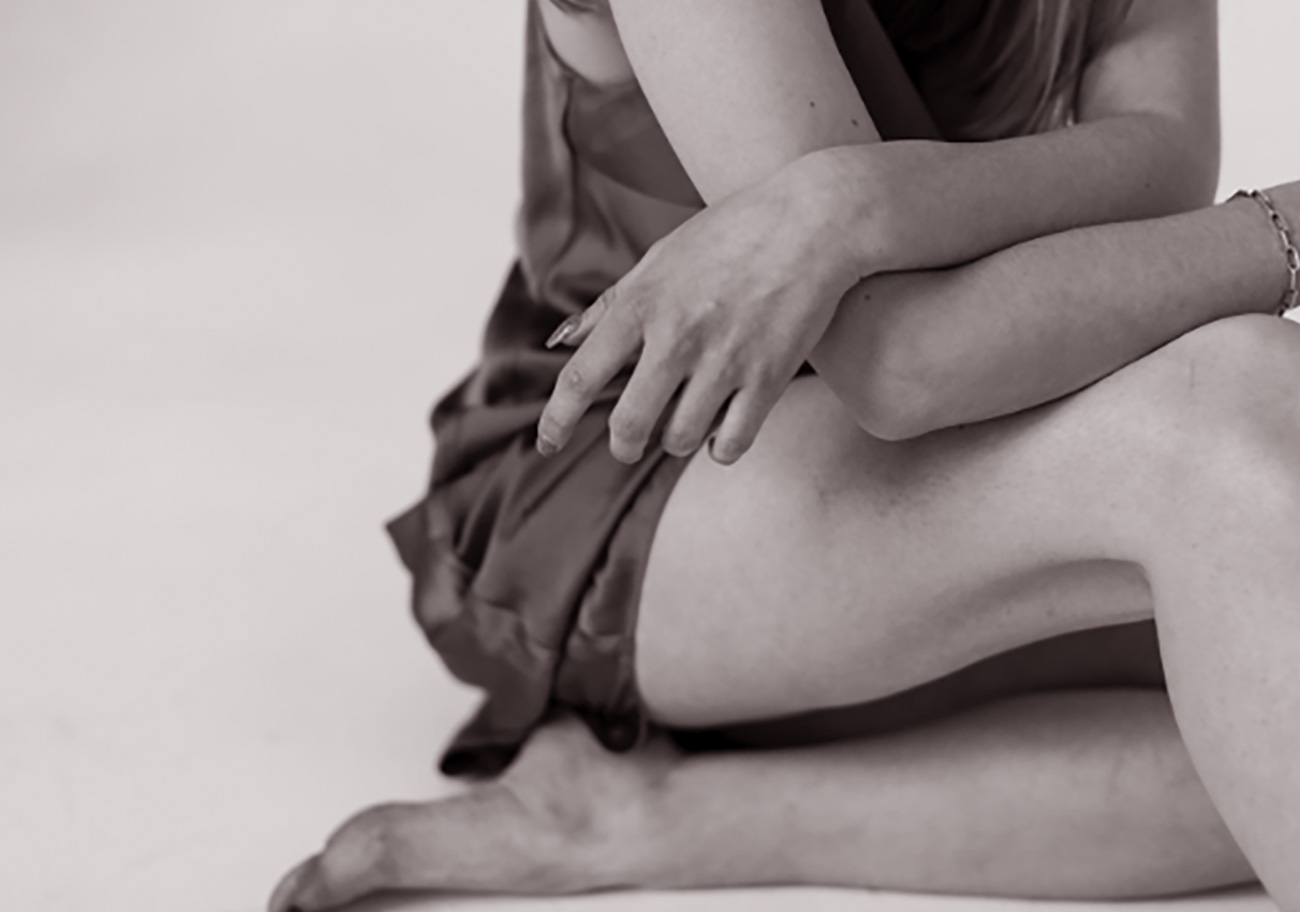In conversation with Stimming
Interview by Shannon Lawlor
Martin Stimming, aka Stimming is an electronic music producer from Hamburg, Germany who has to date, released countless remixes, singles, extended plays and collaborations with notable artists such as Nina Kraviz, Stephan Bodzin, Marc Romboy, Kiasmos and Deadmau5 just to name a few.
Working within the realms of house, IDM and experimental electronic music, Stimming constructs an aura of pensive, dream-like imagination throughout his music. Reflecting on nostalgia and human emotion, Stimming manages to send listeners afloat a cloud of hypnotic bliss, and lure spirit onto the dance floor simultaneously.
We caught up with Stimming to speak about essential equipment, touring the world and how to make the perfect record:
Could you give us some background on how you originally formed Stimming, and what your journey as an electronic producer has taught you since the beginning?
Hey there! thanks for letting me do this interview.
When I left school nearly 15 years ago, I remember this situation where the teachers after the successful spoken exam, looking at me and asking me what I am about to do after school. In the most natural and convincing way I answered “I’ll become a music producer”. Forming Stimming basically meant using my surname as my artist name, and (more importantly?!) finding the right people to make this step into reality. What the journey has taught me? Maybe the biggest challenge wasn’t the music itself, but not to become lost in all the stupidity around which distracts from living a graceful life.
If you could narrow it down, who or what would you list as five key influences on your personal palette of music, and just how far does it work it’s way into your own music?
That’s a difficult question… There are a couple of producers that I admire: Dj Krush and Amon Tobin to name the two most important. I also like to listen to Chopin as he very often comes around with a tiny idea somewhere in between that is absolutely amazing. It happened quite often that I repeated that tiny piece over and over, but – I wouldn’t allow this to really get into my music if this is possible at all. Apart from that, as I’m making music with the most modern tools, they are also a big influence on how I sound. It’s not so much about the possibilities here but about the interface between me and the instrument. The speakers I use maybe have the biggest influence. Perfection is the aim for speakers (and all of them are more or less far from being perfect) – it’s nonsense to say “don’t worry about the speakers, you just have to get to know them“. a painter needs a white canvas, right?
Judging by your live performances, it’s clear that you’re technologically clued-up when it comes to music equipment. Could you explain the importance of some of your most valued gear, and how touring may affect your preferred arrangement?
The mothership in the setup I’m using right now is the Elektron Ocatrack. It does what Ableton did before – playing .WAV instrumentals (I call them sausages) and some extra tricks on top (including sampling itself, freezing, sequencing my external synth, etc) using dedicated hardware instead of a laptop basically means a huge improvement in stability – it simply works and that’s great. I also stream all the audio through a little windows tablet with Bitwig on it to master my live set on the fly (it’s 9ms) and to find the right tablet was quite a journey. In general – playing live while travelling means accepting hand-luggage rules as the rules for the possible setup.
Touring all over the world seems to be quite an integral part of what Stimming does best. How has this affected your career as an electronic artist in such vigorous territory?
I suppose it affects me more as a person in general. Going through weird, funny, difficult, strange, you-name-it situations mostly makes you stronger. The downside is time which is lost in narrowly tubes called planes and nerves which aren’t there to produce new music. But then – being allowed to play for people around the world is such a great thing in itself: I can’t complain!
You dabbled in classical music as a child, playing violin among other instruments. Do you still play any classical instrument religiously?
I never played anything religiously. A couple of music teachers I had during my youth didn’t like me because I never practiced. I always loved to just play, but practicing old music from the past? Pff. That’s the reason why I didn’t become a virtuoso in playing any instrument.
When you’re not touring or working within the ever-changing realm of music, what do you like to do in your free time? Are there any other non-musical related endeavors you’re currently pursuing?
I have a one year old son – he and my wife show me the other important things in life.
It appears that you have quite a following in South Africa, could you explain how that may have come about?
It’s the combination of my house-based sound and the vocalist Lazarusman from SA, which I worked with very early in my career. But why they love me that much is still a little miracle which I enjoy, especially because it’s a very broad and mixed crowd that loves what I do.
Your last album Alpe Lusia was released in 2016. The recording process sounded very isolated, yet cathartic for you, could you tell us a little bit about recording in such a way, and how it affected the album in general?
Yes, I was on a little cabin in the northern Italian mountains – about 5500 feet above sea level. In a 2-mile radius living with one other person and a lot of cows, sheep and goats. Staying there for a whole month for making this album was an experience I will never forget – especially because I was alone the whole time. I always sigh when I see picture from the alps. Afterwards I can say – after a week up there my emotions drove totally free, there was nearly no social filter involved, so when doing “Trains of Hope” and basically all the other ones as well – everything became a very intense emotional experience which got lost very fast when I got back to the city with the noise, bad air and smells.
If you could you list some of your most memorable career highlights, what would they be?
The biggest highlight so far was playing the last set at Fusion 2015 on the main stage. I had come quite a long way especially for this festival (I remember playing live there 2007 with my machinedrum crashing with a loud “feep”, and me crying in the tent afterwards) so I knew what an honour and burden this is. But it came out very well, it actually was one of my best sets with a whole hour of encores.
Also, playing in South Africa always is a highlight.
What does the future hold for Stimming?
I did a couple of remixes – one for Kiasmos (which is out already), one for Acid Pauli and another one for the jazz vibraphone player Pascal Schumacher. Also, there is this beautiful collaboration with the pianist Lambert, a guy who plays the piano in a way I wish I could. This will be out beginning of next year. But anything further than that… Let’s see!
Catch Stimming on tour with these dates:
SEPTEMBER 15TH 2017 – Quba – Quba, Mar del Plata (Argentina)
SEPTEMBER 16TH 2017 – Savage – Jet, Buenos Aires (Argentina)
SEPTEMBER 16TH 2017 – Dahaus – Dahaus, Cordoba (Argentina)
SEPTEMBER 29TH 2017 – Epic Club – Epic Club, San Juan (Puerto Rico)
OCTOBER 14TH 2017 – Les Pavillons des Etangs – Noctis Collection, Paris (France)
OCTOBER 27TH 2017 – 25th Anniversary – Roxy, Prague (Czech Republic)
NOVEMBER 3RD 2017 – Zukunft – Zukunft, Zurich (Switzerland)
Visit Stimming’s WEBSITE for more information




Leave a Reply